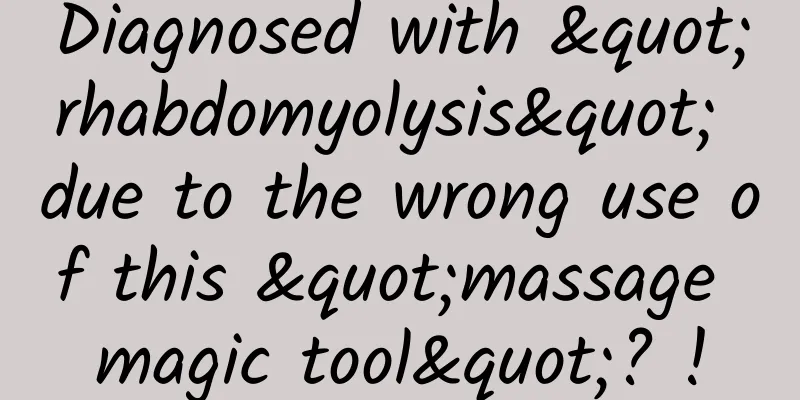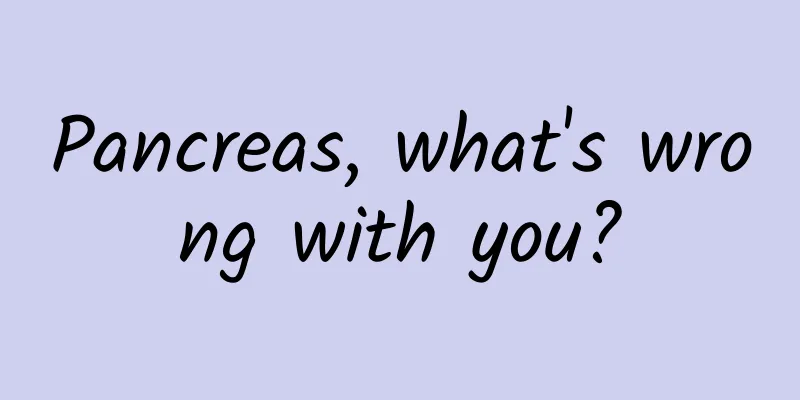What to do with postpartum endometrial polyps

|
Postpartum is the last thing women want to see, because it is the time when women are most likely to get sick. There are many types of postpartum diseases. Many people are more likely to get endometrial polyps after childbirth. If you accidentally get postpartum endometrial polyps, you must remove the polyps to cure uterine diseases. Women are the most troublesome. If you accidentally get endometrial polyps, it will threaten your future fertility. So what should you do with postpartum endometrial polyps? Dilate the cervix, remove the polyps, and then scrape the entire uterine cavity. Diffuse small polyps can be scraped out and sent for pathological examination. Regular follow-up should be conducted after surgery to pay attention to recurrence and malignant transformation and to deal with them in a timely manner. In recent years, some people have successfully used hysteroscopic surgery or laser treatment to remove small polyps. For patients over 40 years old, if the bleeding symptoms are obvious, the above treatment cannot eradicate them or they recur frequently, total hysterectomy may be considered. Single smaller polyps generally have no clinical symptoms. Common symptoms of multiple or large polyps include menorrhagia, intermenstrual bleeding, bleeding before and after menstruation, irregular menstruation or postmenopausal bleeding. When polyps show adenomatous hyperplasia, they should be regarded as precancerous lesions. In the past, the diagnosis of endometrial polyps was mainly based on hysterosalpingography, B-ultrasound and diagnostic curettage. However, injecting too much contrast agent during radiography can mask polyps and they can be easily confused with submucosal uterine fibroids, bubbles in the uterine cavity, etc.; B-ultrasound examinations are affected by the menstrual cycle and may miss polyps that are too small; diagnostic curettage may miss some tissue, or sometimes the tissue may be scraped into pieces and cannot make a clear diagnosis. It can only report the proliferative endometrium or endometrial hyperplasia, and has a high false positive rate. Therefore, hysterosalpingography, B-ultrasound and diagnostic curettage have limitations in diagnosing endometrial polyps. Most endometrial polyps are very small and difficult to detect even with multiple examinations using the traditional methods mentioned above, which can give doctors a false impression and delay treatment. Therefore, hysterosalpingography and curettage have limitations in diagnosing endometrial polyps, and hysteroscopy is currently the best diagnostic and treatment method. Endometrial polyps after childbirth are not a serious disease, so there is no need to worry. When you suffer from endometrial polyps after childbirth, you must take care to take medication properly, and pay attention to improving your diet and lifestyle during this period. This disease usually requires surgery, and the earlier the surgical treatment, the better the effect. Do not wait until the disease becomes larger before having surgery, as this can easily cause harm. |
<<: What are the common postpartum diseases?
>>: How to cure postpartum confinement disease
Recommend
Can progesterone regulate menstruation?
Some women use corpus luteum copper to regulate t...
Can pregnant women drink Fanta?
Pregnant women must pay attention to their diet d...
Why does this "rich disease" prefer men?
In addition to humans, primates, birds and reptil...
Ovarian cyst keeps bleeding
Uterine and ovarian tumors are common tumors in t...
After the operation, the patient was still unconscious, and his pupils were as thin as a needle tip, which surprised everyone
Xiao Li, who has only been working for a few year...
How to make pigeon soup after abortion?
If a woman wants to be a mother and have a baby, ...
What kind of body will not edema during pregnancy
Everyone's physical fitness is different duri...
How to treat early ectopic pregnancy
Generally speaking, in a normal pregnancy, the fe...
After abdominal surgery, there is a bulge at the incision when I stand up. Is it a tumor?
Author: Chen Jie, Chief Physician, Beijing Chaoya...
Can uterine coldness cause obesity?
Uterine cold, as the name suggests, means that th...
If there is no threading, will there be no ovulation?
Everyone knows that a woman's month is divide...
How many years can the ring last?
Nowadays, contraceptive rings can generally be pl...
Women who often swallow this liquid have ruined their lives
Coffee life, coffee is an indispensable spiritual...
Reasons for delayed menstruation in summer
The weather is hot in summer and the human body w...
This northern fruit that looks like a lantern, I bet people in the south have never seen it
There is a small fruit on the fruit stalls in the...









